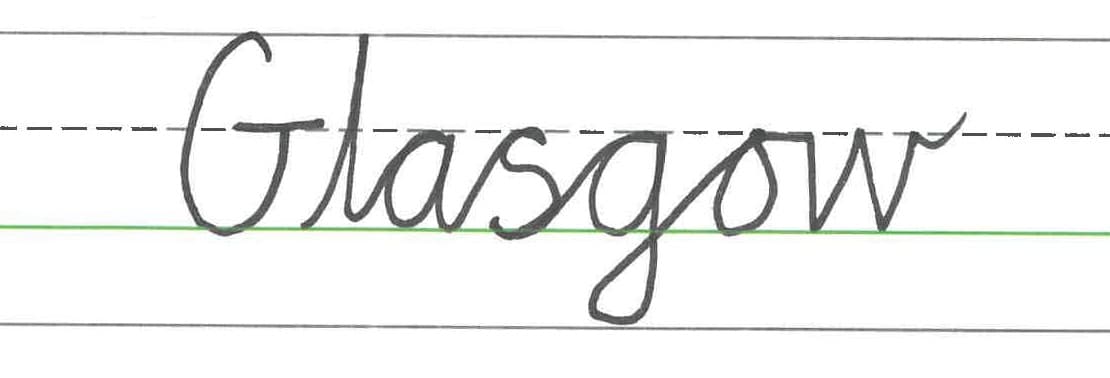Reviewing and writing homophones
I can correctly write homophones in cursive handwriting.
Reviewing and writing homophones
I can correctly write homophones in cursive handwriting.
These resources will be removed by end of Summer Term 2025.
Lesson details
Key learning points
- Two or more words that sound the same but have different meanings and spellings are called homophones.
- The words start with a lead in on the line and finish with a lead out.
- There are four cursive joins.
- The join used depends on which letter is joining to which letter within a letter string.
- You don't lift your pencil to form the joins.
Keywords
Homophones - words that sound the same but have different meanings and spellings
Join - how the letters are connected together
Letter string - a group of letters that are written together in a word
Letter spacing - the amount of space between individual letters in a word, ensuring they are evenly spread out for clear and legible writing
Common misconception
Children can forget the lead-in loop for the letter f when it is at the beginning of a word.
Model and remind children that every lower case letter starts on the baseline for cursive handwriting. This will remind the children to add the lead in loop.
To help you plan your year 4 english lesson on: Reviewing and writing homophones, download all teaching resources for free and adapt to suit your pupils' needs...
To help you plan your year 4 english lesson on: Reviewing and writing homophones, download all teaching resources for free and adapt to suit your pupils' needs.
The starter quiz will activate and check your pupils' prior knowledge, with versions available both with and without answers in PDF format.
We use learning cycles to break down learning into key concepts or ideas linked to the learning outcome. Each learning cycle features explanations with checks for understanding and practice tasks with feedback. All of this is found in our slide decks, ready for you to download and edit. The practice tasks are also available as printable worksheets and some lessons have additional materials with extra material you might need for teaching the lesson.
The assessment exit quiz will test your pupils' understanding of the key learning points.
Our video is a tool for planning, showing how other teachers might teach the lesson, offering helpful tips, modelled explanations and inspiration for your own delivery in the classroom. Plus, you can set it as homework or revision for pupils and keep their learning on track by sharing an online pupil version of this lesson.
Explore more key stage 2 english lessons from the Building fluency in the four joins, suffixes and common exception words unit, dive into the full secondary english curriculum, or learn more about lesson planning.

Content guidance
- Risk assessment required - physical activity
Supervision
Adult supervision required
Licence
Starter quiz
6 Questions
from the baseline to the x-height line
from the baseline to the ascender line
from the x-height line to the x-height line
from the x-height line to the ascender line



